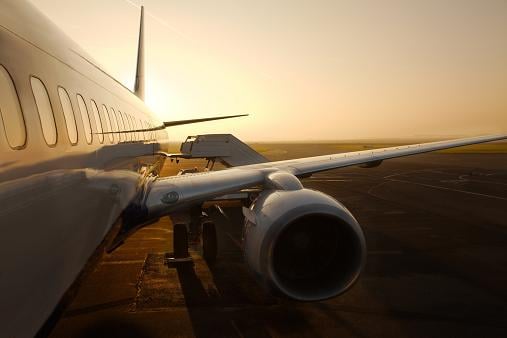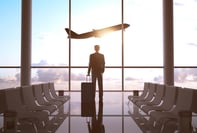Published on
How Higher Education Can Better Serve the Airline Industry

Higher education has a role in preparing ground, cargo, airline customer service representatives and mechanics to perform their tasks. In many cases, traditional universities and colleges are delivering training programs that have experienced few-to-no updates since the 1970s.[1]
The Traditional Problems with Training through Universities
While airline partners typically have a hand in the curriculum development of these programs, institutions range widely in their program delivery methods. The delivery and development has been focused on those who work in and around closed door-based offices and not in the real environment. However, as increasing numbers of institutions are expanding their training offerings to appeal to the airline industry, very few — with the exception of schools such as Embry Riddle Aeronautical University — have deeply researched and understood the airlines in order to improve their training.[2] Many are using retired industry instructors and professors who have worked in or around the industry. They do not always deliver information or teach in ways that are useful for the modern student. What happens, then, is we have many credentialed graduates who struggle to use the information or knowledge they have gained from their education.
Technical Colleges Have a New Approach
Technical colleges are also entering the game, but they are taking a different approach than their larger university counterparts. The college training curriculum teaches the standard information, but also conflict resolution, customer service and how to use gained skills in a more innovative and positive manner. This is critical in the modern airline industry, where airlines are focused on homeland security and the protection of the crews working in and around airports.
Curriculum developers and instructors are spending time in the environments their students are and will be working in to get a feel for their actual learning needs. They collaborate with industry managers to find areas that management considers weak or needing additional development. They also work with the governing bodies and seek out testing, licensing and continuing education needs that are incorporated progressively into the training.
Training for the airline industry is in flux. Higher education is not only operating on what students need today, but trying to provide knowledge airline industry workers will need five to 10 years down the road. Additionally, in developing these programs, administrators and educators are changing the delivery mechanisms, classroom settings and offering that element of constant change into daily learning.
Airline Industry Employees are Highly Mobile
In some cases, airlines have offered significant incentives to employees to stay with the company for specified periods of time; these employees are in great demand and the variation from carrier to carrier in the airline industry is slim. Demand for tuition reimbursement and training is prevalent across all positions in the airline industry.[2] Mechanics are also more mobile than ever before. They are working with highly complex technologies while gaining access to liberal education, creating opportunities for a more diversely-educated mechanic to move into management from the shop floor. In this world, the technical colleges and forward-thinking universities such as Embry Riddle have taken the lead in the establishment and implementation of new and enhanced processes.
Conclusion
Ultimately, higher education needs a complete overhaul for the aviation world. This is especially true for because of the complex and direct need for change, education and increased knowledge capacity. We need to identify and inject new blood into the curriculum and delivery of their required processes. Training should be updated annually, with larger revisions spanning no more than five years because of the need to supply graduates with highly-relevant and up-to-date training and skills that keep their focus progressive and engaged.
– – – –
References
[1] Menees, J. L. (2007). New graduate joins passenger airline: A study of aircraft mechanic certification. (Order No. 3258364, Capella University). ProQuest Dissertations and Theses, , 152. Retrieved from http://search.proquest.com/docview/304698245?accountid=14872. (304698245).
[2] Ibid
[3] Fedor, L., & Writer, S. (2006, Apr 18). Mesaba bills ex-pilots for training costs ; the bankrupt airline is trying to recover training costs from pilots who left before being laid off. the pilots union is outraged. Star Tribune. Retrieved from http://search.proquest.com/docview/427791866?accountid=14872
Author Perspective: Educator



